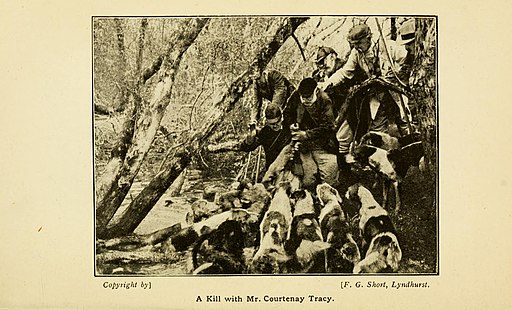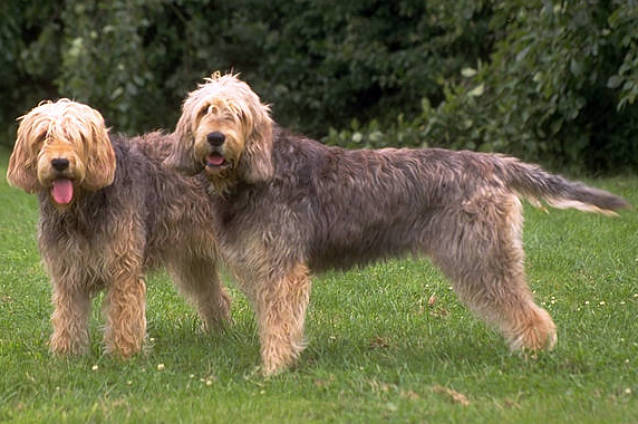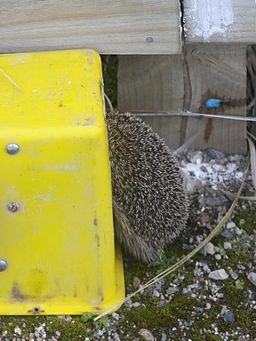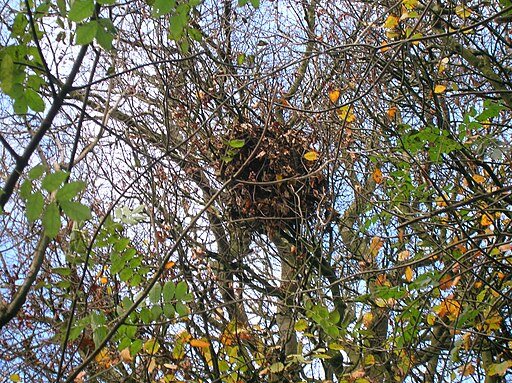The 'Hunter Gatherer Ethics' blog posts have proved quite popular over the last few days and as I have prepared them it has become apparent that my original plan to do three installments will not do the topic justice at all. So rather than rush on I have decided to delay what would have been the final article on 'Bushmeat' and add a few more topics releasing one a week over the next month or so, topics you can look forward to include;
- Poaching
- The 'Ownership' of game
- Non-target species
- Suatainability
Some of these topics will cross over to our 'bushcraft and the law' series.
In the meantime though I will endeavor to give some additional meaning to a word that you will have seen a lot in the last few posts. and that word is; 'hunt' or 'hunting'.
It's not as strait forward a word as you might think and many of you reading this in the USA, for example, may have a different understanding of the word than we do in the UK, In fact that we in the UK seem to use the word hunting differently from most other countries. (It look's like you'll be getting a bit of a language lesson today as well, if that sort of stuff interests you check out this post from back in 2013 which I have recently remastered to include a bit of a language lesson on the names of different fungi; LINK)
So if in the USA you were to say that you were "going hunting" it could mean that you are going our the with a bow, shotgun or rifle to pursue any number of quarry from quail to bear. Likewise in Sweden 'jakt' is the word for hunt and if you were going out 'att jaga' (to hunt) you could be hunting any range of quarry from elk to black grouse with a rifle or shotgun.
In the UK the word hunting is normally associated with the use of dogs.
 |
| By Paul, John Dean [Public domain], via Wikimedia Commons whether on horse back or.... |
 |
| ...with dogs such as these fell terriers which would have been accompanied by men on foot. By Internet Archive Book Images [No restrictions], via Wikimedia Commons |
Foxes and deer were hunted this way up until the Hunting Act of 2004 banned the use of packs of dogs for hunting mammals in England and Wales (Scotland had banned the hunting of deer with dogs in 1959). The new legislation also prohibited a practice called 'coursing' which was traditionally a competition between two dogs (normally fast breeds such as grey hounds or whippets) to chase and 'turn' a hare, these coursing competitions were meant to be non-lethal but these 'long-dogs' were also used to catch hares.
| Hare Coursing; "Incident in a Waterloo coursing meet from 1915" by not specified (except those with signature on image) - W. E. Mason - Dogs of all Nations. Licensed under Public Domain. |
Many years prior to the enactment of the Hunting Act the protection of the European Otter in England and Wales in 1978 brought a stop to the hunting of otters with hounds.
 |
| Otter hounds at work in 1908 By Internet Archive Book Images [No restrictions] |
"Two otterhounds" Machinecha~commonswiki assumed (based on copyright claims). Licensed under Public Domain via Commons.
 |
| American Mink are still considered an invasive pest in the UK and can still be controlled using legal methods such as shooting and trapping. By Pdreijnders (Own work) [CC BY-SA 3.0 (http://creativecommons.org/licenses/by-sa/3.0)], via Wikimedia Commons |
Despite the ban on hunting with packs of dogs for live quarry in the England and Wales dogs can still legally be used for flushing and 'pointing' game and for tracking wounded deer or for bolting foxes from their earths.
If in the UK we are going out with a rifle or shotgun to 'hunt' we are more likely to say we are going "shooting" and may specifically say that we are going "rabbit shooting" or "pigeon shooting" or even "roost shooting" to specifically describe what type of shooting we are doing. Roost shooting for example would be shooting pigeons, crows or jackdaws as they come to 'roost' in the treetops.
We have specific names for other types of shooting too;
"Duck flighting"; shooting ducks as they come to land on the water.
"Wildfowling"; shooting water fowl such as geese, ducks etc..
"Lamping"; shooting foxes or rabbits at night with the aid of a lamp.
"Stalking"; deer hunting with a rifle.
So there you a have it a little insight into some of the language used to describe 'hunting' in the UK which will hopefully provide some clarification to past and future articles on the Bushcraft Education Blog.
Geoff
If in the UK we are going out with a rifle or shotgun to 'hunt' we are more likely to say we are going "shooting" and may specifically say that we are going "rabbit shooting" or "pigeon shooting" or even "roost shooting" to specifically describe what type of shooting we are doing. Roost shooting for example would be shooting pigeons, crows or jackdaws as they come to 'roost' in the treetops.
We have specific names for other types of shooting too;
"Duck flighting"; shooting ducks as they come to land on the water.
"Wildfowling"; shooting water fowl such as geese, ducks etc..
"Lamping"; shooting foxes or rabbits at night with the aid of a lamp.
"Stalking"; deer hunting with a rifle.
So there you a have it a little insight into some of the language used to describe 'hunting' in the UK which will hopefully provide some clarification to past and future articles on the Bushcraft Education Blog.
Geoff


































